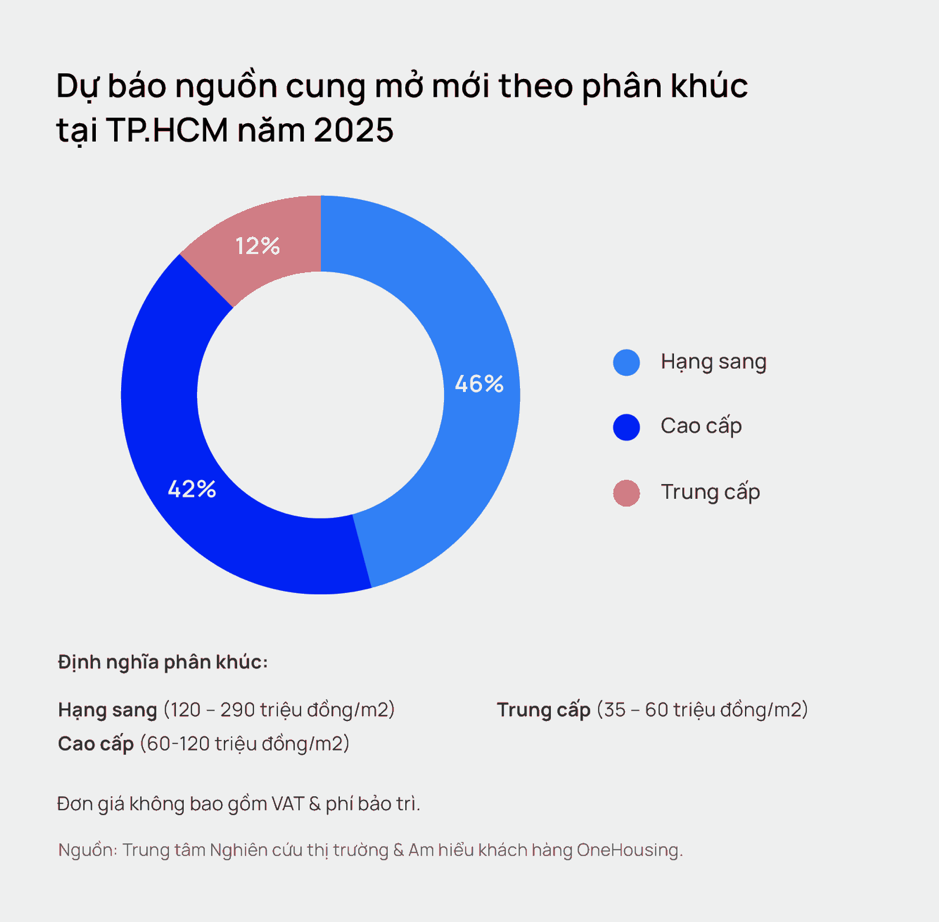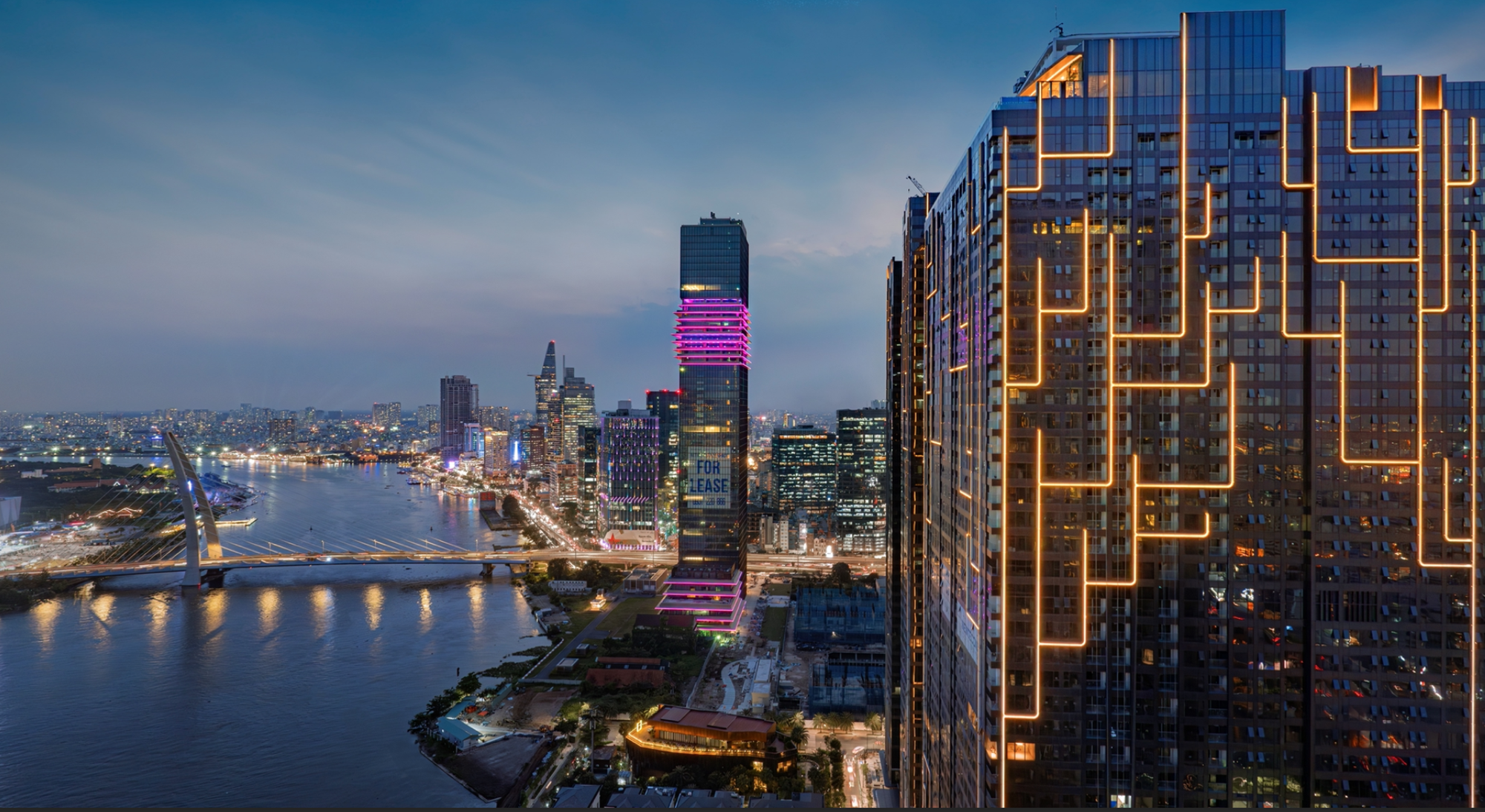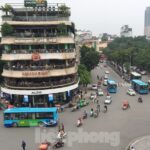Over the next decade, Vietnam’s personal asset holdings are forecasted to increase by 125%, the fastest growth rate globally. This surge not only reflects economic prowess but also shapes a distinct social class with very high expectations for lifestyle and investment taste.
Research from Henley & Partners also indicates that high-net-worth individuals with a net worth of $1 million or more tend to migrate to countries with favorable business environments, tax incentives, high quality of life, or significant investment potential. Vietnam, with its rapid economic growth (averaging 6-7% GDP increase annually over the past decade) and strategic location in Southeast Asia, is poised to become an attractive destination for the international wealthy.
In this context, real estate catering to this elite segment is not just a place to live but a worthy asset that affirms the status, vision, and lifestyle of its owners, representing a global elite.

Luxury real estate continues to lead the Ho Chi Minh City market in the coming time
Speaking at the event announcing the listing of the entire portfolio of luxury and ultra-luxury properties developed by Christie’s International Real Estate (CIRE), Ms. Tu Le, COO of S&S Group, opined that the demand for luxury real estate among Vietnam’s upper class is driven by multiple factors.
For the wealthy, luxury real estate is not just an asset but also a legacy. Major investors often choose luxury real estate as part of their long-term portfolio diversification strategy. Amidst a volatile global economy, luxury real estate becomes a safe haven, safeguarding asset values and ensuring stable price appreciation.
According to Savills, the market for luxury real estate has grown by over 180% globally in the past decade, 230% in the Asia-Pacific region, and a remarkable 210% in Vietnam. With globalization and robust economic development, the upper class tends to invest in iconic luxury real estate in major cities worldwide.
The Organization for Economic Cooperation and Development (OECD) predicts that by 2030, Vietnam will have 56 million middle-class individuals, ranking 18th globally in terms of population size. The proportion of Vietnam’s middle class is expected to increase to 26% of the population by 2026.
Additionally, Knight Frank, a leading UK-based property consultancy, valuation, and research firm, forecasts that from 2023 to 2028, the growth rate of Vietnam’s ultra-rich population will be among the fastest in the world, ranking 5th in Asia. The firm anticipates that Vietnam’s rich and ultra-rich population will grow rapidly, leading to increased demand for luxury goods, including housing, transportation, and consumer goods.

Also sharing her insights at the event, Ms. Nguyen Thi Minh Phuong, Director of Southern Business Development at Masterise Homes, noted that collecting luxury real estate is not merely a hobby but a reflection of the lifestyle, investment preferences, and social status of the global elite. With Vietnam’s rapid and stable economic development, luxury real estate holds promising potential for sustainable growth.
In Vietnam, luxury real estate accounts for less than 1% of the total supply, mostly concentrated in prime locations. As a result, investors often seek to enter the market early to maximize profit margins. Luxury real estate prices in Vietnam are significantly lower than in Bangkok or Singapore. For instance, the average price in Bangkok is $8,500 per square meter, while in Singapore, it is approximately $23,026 per square meter. In contrast, prices in Ho Chi Minh City and Hanoi are 30-50% lower.
On March 11, 2025, Masterise Homes, the leading developer of luxury real estate in Southeast Asia, officially signed a partnership with S&S Christie’s International Real Estate (S&S CIRE) and unveiled the listing of its entire portfolio of luxury and ultra-luxury properties developed on the global platform of Christie’s International Real Estate (CIRE).
The event witnessed the listing of Masterise Homes’ projects on CIRE’s global network, including Grand Marina, Saigon, the world’s largest Marriott & JW Marriott-branded luxury apartment complex, located on the Ba Son heritage site (District 1, Ho Chi Minh City); The Rivus, a collection of ultra-rare Elie Saab-branded villas featuring Vietnam’s first dedicated marina (Thu Duc City, Ho Chi Minh City); and SOHO commercial townhouses within The Global City (Thu Duc City).
Data from the Vietnam Real Estate Brokers Association (VARS) reveals that in recent years, the number of luxury real estate projects, including apartments priced from VND 80 million per square meter, duplexes, penthouses, and luxurious villas, has been steadily increasing in first-tier cities. As developing affordable and mid-range projects becomes less profitable due to rising financial and land-related costs, the demand for luxury housing remains robust.
Consequently, VARS statistics show that in 2024, the luxury real estate segment accounted for about 25% of new property supply and achieved a healthy absorption rate of approximately 64%. Some customers even engaged in “bidding wars,” offering additional premiums to secure limited-edition luxury units or those with prime locations within a project. VARS believes that the luxury real estate segment will continue to be a market highlight in the coming years, driven by strong demand.
Mr. Dinh Minh Tuan, Director of Batdongsan in the Southern region, noted a significant growth trend in the demand for luxury and ultra-luxury apartments, not only in Ho Chi Minh City and Hanoi but also in emerging cities like Hung Yen, Hai Phong, Binh Duong, and Dong Nai. As land in city centers becomes scarcer, it is inevitable for this segment to expand into neighboring areas with more development space, accompanied by stricter requirements for quality, green criteria, and service utilities.
“Large-scale urban projects offering luxury real estate are now being established in strategic locations by the river, with convenient transportation, a healthy living environment, and high-end infrastructure and utilities such as commercial centers, restaurants, international hospitals, and schools,” emphasized Mr. Tuan.
However, to sustain this growth, experts advise that luxury real estate developers must focus on quality, innovation, and meeting the evolving demands of their discerning clientele. This will be the deciding factor in winning the race to capture this promising market segment.
The Heart of Ho Chi Minh City’s Future: International Financial Center on 9.2 Ha in Thu Thiem
This vacant lot boasts a meticulously planned infrastructure, encompassing seamless transportation, electrical, and telecommunication networks, as well as illumination amenities. It is strategically located within the Functional Area No.1 of the thriving Thu Thiem New Urban Area.
The Debt Burden’s Drag on Economic Growth
Debt is a pivotal tool in the modern financial system, stimulating consumption and investment while contributing to economic growth. When managed prudently, credit enables businesses to expand their production, enhance operational efficiency, and improve labor income, thereby creating a positive ripple effect on the economy. However, debt growth is not a panacea for perpetual expansion, as the burden of interest payments can become onerous.
“Ho Chi Minh City’s Vision: AI, Big Data, and Innovation Hub in Thu Duc City”
Alongside investing in transportation infrastructure, Ho Chi Minh City plans to boost the development of a multi-purpose high-tech hub, with a focus on AI, Big Data, and innovation, slated to be located in Thu Duc City.




















